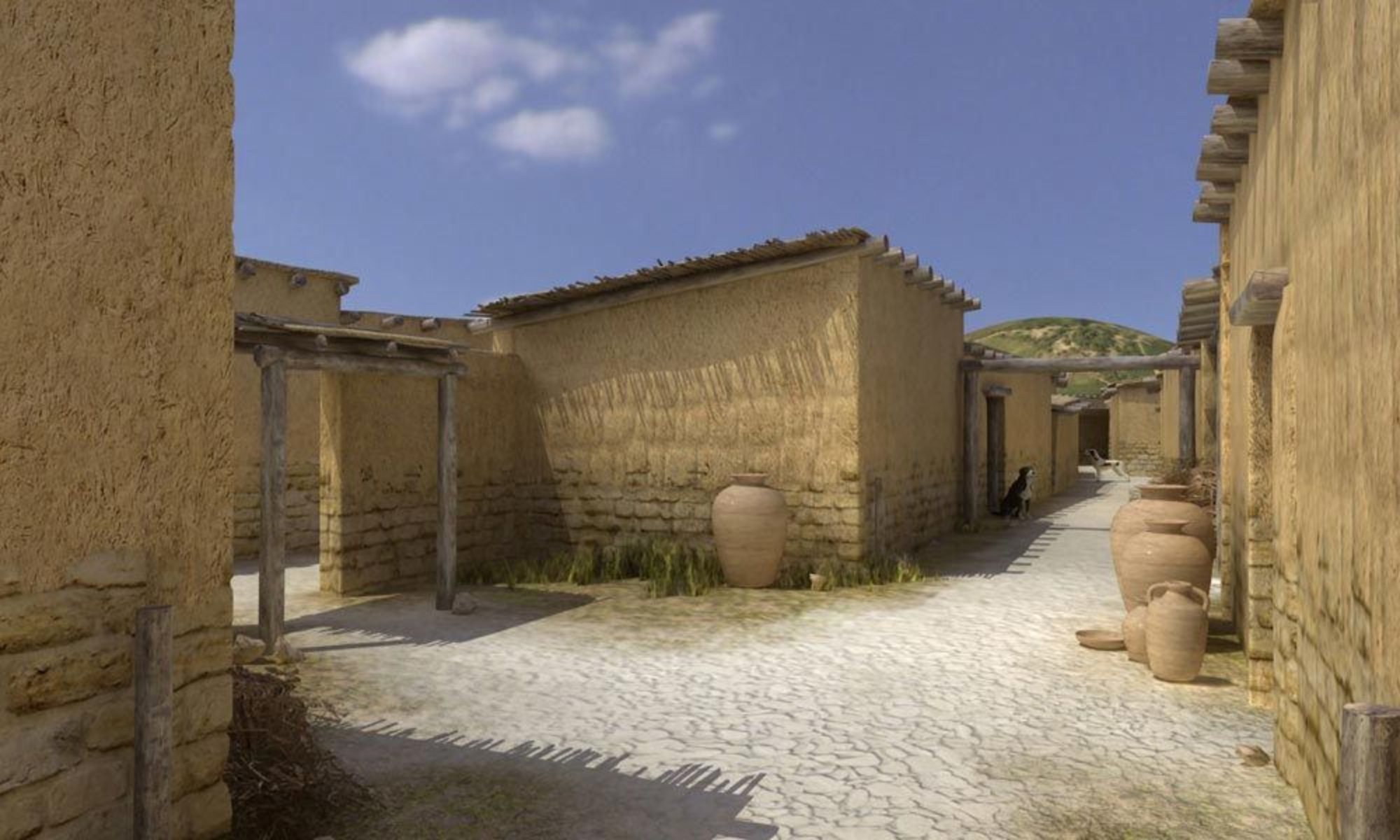- Home
- The Gallic town
- Housing blocks
The protohistoric town of Lattara was triangular in shape and was bounded by a rampart (231). The town's layout dates back to the mid-5th century BCE and is in large part built around a system of roadways. This system determined the shape and organization of the housing blocks – at the base of the triangle, in the largest section along street 100, single-width blocks (such as blocks 4-north and 8) alternated with double-width housing blocks (including blocks 5, 4-south and 16). At their western ends, the double-width blocks sometimes shrink to single-width size. There are thus many possible layouts, and the arrangement and shape of the houses within each block is not permanent. The general organization is quite old, but the internal structure changed over time. Nevertheless, the distribution of housing into modest and relatively similar blocks is a traditional, centuries-old arrangement on both an architectural and a social level. It is found in many protohistoric settlements, such as Nages and Martigues.








